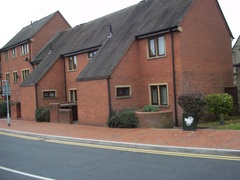A recent tax case will interest people who are DIY home builders. It involved a couple who started building a home in 2004 and completed it in 2007. During the construction of the property they lived elsewhere. They moved in in 2007 and sold the property in 2010, making a substantial capital gain.
The law relating to Capital Gains Tax (CGT) exempts only one property from CGT – the principal private residence (PPR) of the owner(s) – and if a gain is made on the sale of any other property, CGT may be payable.
In this case, there was no doubt that a CGT liability arose because the property had not been occupied as the couple’s PPR throughout the period of ownership. At issue was how much of the gain was chargeable.
HM Revenue and Customs (HMRC) apply the law as it stands, but there are also ‘extra-statutory concessions’ (ESCs) which apply when the law and common events (such as when people build new property) don’t quite match up. ESCs are not law, but are the agreed practice of HMRC.
The couple who owned the house relied on an ESC which exempts in some circumstances the gain made in the first 24 months of ownership of a property before it is occupied from a charge to CGT. They assumed the ESC applied and did not put the disposal on their tax returns.
HMRC disagreed that the ESC applied and raised an assessment for the CGT they claimed was due – plus penalties for negligent non-disclosure. They considered that if the property had taken up to two years to build, the gain for the period of construction would be covered by the concession, but as it took more than two years, the concession was not applicable at all and the whole gain relating to the period of construction would be taxable. The Tax Tribunal agreed with the taxpayer, however and that was the end of the matter.
HMRC are very zealous in trying to collect taxes, but are by no means always right in their arguments or indeed, in their interpretation of tax law. Strong representation is a must in any dispute with the authorities.

